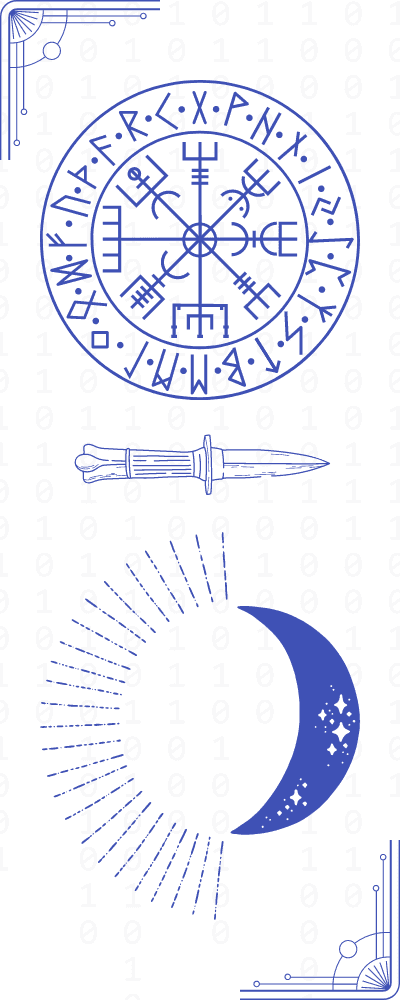Gautama Buddha, also known as Siddhartha Gautama, Shakyamuni Buddha, or simply “the Buddha,” was an enlightened human upon whose teachings the path of Buddhism was founded. He is believed to have lived and taught mostly in the eastern part of the Indian subcontinent some time between the sixth and fourth centuries BCE.
Gautama Buddha is recognized by Buddhists as a fully enlightened teacher who shared his insights to help sentient beings end rebirth and suffering. He taught a “Middle Way” between sensual indulgence and the severe asceticism found in the spiritual movements common in his day.
Gautama was born as Siddhartha, the son of Śuddhodana, “an elected chief of the Shakya clan.” It is taught that Śuddhodana held a naming ceremony on the fifth day after Siddhartha’s birth, inviting eight Brahmin scholars to read the child’s future. All gave a dual prediction that the baby would either become a great king or a great holy man.
Śuddhodana, preferring that his son become a king, endeavored to shelter Siddhartha from all sights of suffering. Nevertheless, Siddhartha witnessed disease, old age, and death, and decided to leave his father’s palace to seek answers. For six years he walked an ascetic path to no avail, and only upon abandoning asceticism was he believed to have attained enlightenment.
Initially, Siddhartha didn’t wish to teach, believing that he would be unable to find a method to convey the wisdom that he’d attained. He was convinced to teach, however, and his teachings became the foundation of Buddhism, a path of liberation practiced by hundreds of millions of people to this day.




One Response
Thanks for your blog, nice to read. Do not stop.